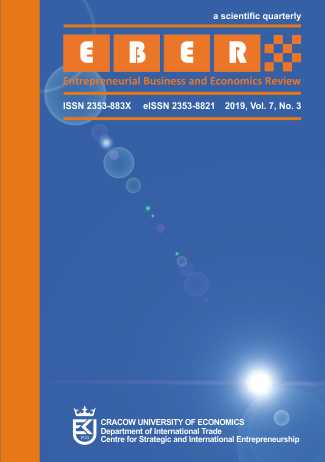The Performance of High-Growers and Regional Entrepreneurial Ecosystems: A Research Framework

Abstract
Objective: The objective of this research is to elaborate a framework that explores the relationships between the performance of high-growth enterprises and the characteristics of regional entrepreneurial ecosystems (EEs).
Research Design & Methods: This conceptual article adopts a multidimensional and profiling approach to the characteristics of EEs. The methodology is based on the combined narrative and systematic literature reviews.
Findings: Five propositions as to the relationship between growth and performance of firms in the regional context, as well as to the impact of various regional profiles on the growth and profitability of firms were elaborated. The final outcome of this synthesis is a research framework.
Implications & Recommendations: The implication of the proposed framework includes the development of testable hypotheses for further empirical investigation. The recommendation is to adopt a profiling method of assessing the effect of EEs.
Contribution & Value Added: The research contributes by setting out a direction for empirical studies that would test the impact of EE profiles and result in their quantitative taxonomies. The value added consists in reflecting the heterogeneity of EEs and their output evaluation rather than input characteristics.
Keywords
entrepreneurial ecosystem, region, firm growth